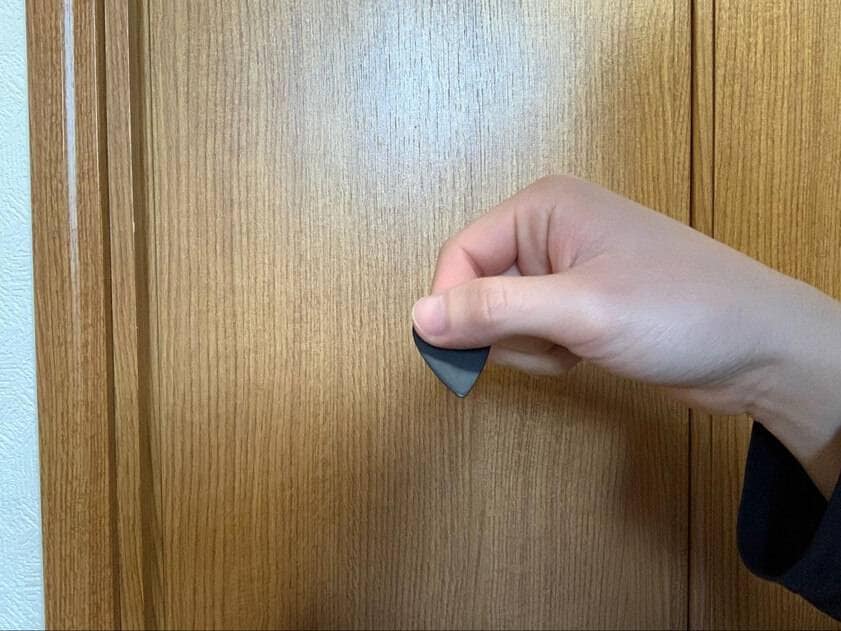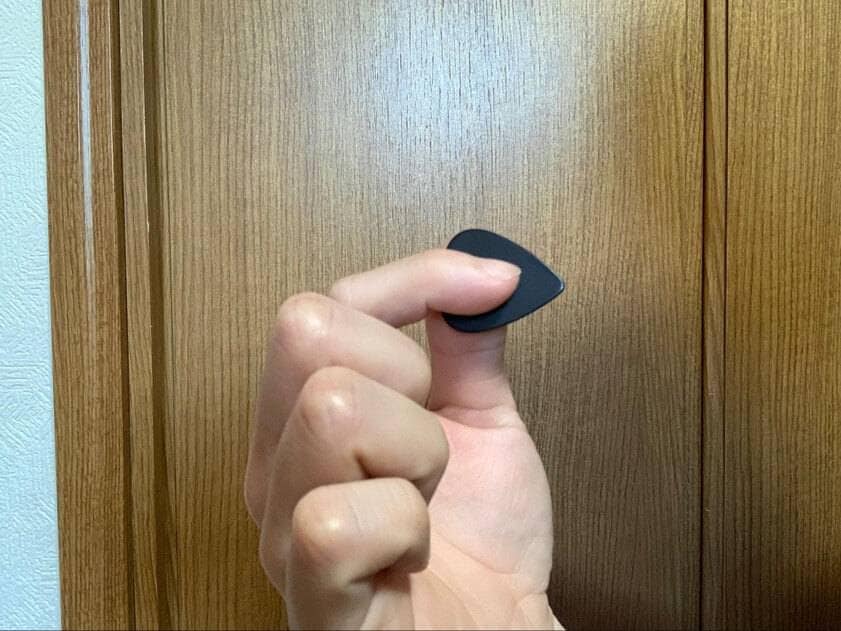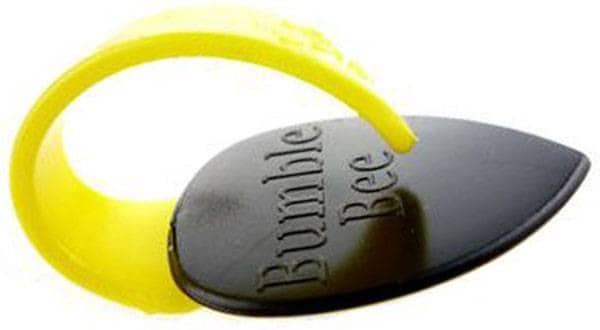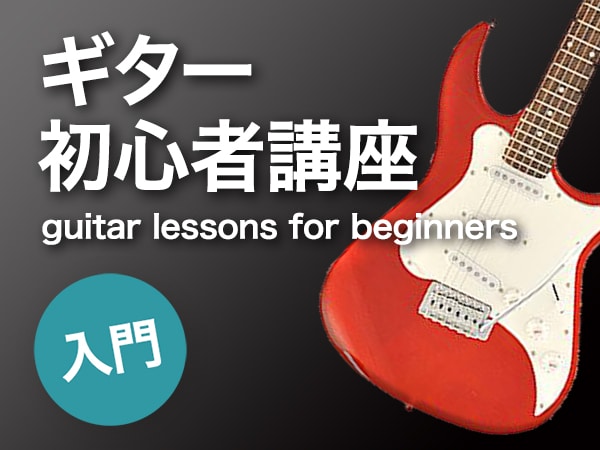Hello, this is Conservario.
March and April are popular months for starting something new.
I’ve seen many people take up guitar or ukulele during this time.
When teaching absolute beginners, instructors must be especially careful.
If bad habits or incorrect practice methods are introduced at this stage, they can significantly affect future progress.
If you’re not a beginner, now is a great time to revisit how you hold your pick.
You might notice things you didn’t when you first started!
For beginners, don’t worry—I’ll explain everything clearly and simply.
There’s a saying that explaining how to hold a pick in words is like teaching someone to tie a tie over the phone.
In other words, it’s difficult—almost impossible.
But I love a challenge, so I’ll do my best to make it as easy to understand as possible.

This is a thumb-side view.
Hold the pick so that its pointed tip aligns with the side of your thumb.
Use the pad of your thumb to grip the pick.
Avoid holding it too close to the tip or too deep at the base.
Don’t grip too tightly—a light hold is sufficient.
Beginners tend to squeeze too hard.
If you press too firmly, your wrist stiffens, making it difficult to move freely.
Start by holding it gently.

This is an index-finger side view.
Hold the pick so that its tip aligns with the natural extension of your index finger.
While the thumb grips the pick with its pad, the index finger holds it between the side and the pad.
Avoid gripping too deeply—if your index finger extends too far past the tip of the pick, the balance between your fingers becomes unstable.
Just like with the thumb, don’t grip too tightly. A light hold is best for flexibility and control.
Why do so many people tend to grip the pick with excessive force?
There are several reasons, but one common cause is the fear of the pick slipping away while picking or strumming.
When this happens, it can lead to the belief that more force is needed to hold the pick securely. As a result, players may unconsciously grip the pick too tightly, thinking that applying more pressure will solve the problem.
If you try it, you’ll notice that when you apply excessive force with your thumb and index finger, your wrist becomes stiff.
When your wrist stiffens, your elbow follows suit, and this affects all of the movements of your right hand.
If your right hand is tense and stiff, neither your strumming nor your picking will be smooth.
No matter how much you practice with your left hand, if your right hand is in this state, you won’t be able to play as you desire.
It may sound extreme to say that you could end up thinking, “Guitar is too difficult, I should quit...” but it’s actually a common scenario.
Be cautious about using too much force.

Here’s an image from the side.
If you’ve followed the instructions correctly up to this point, your form should look like this when viewed from the side.
Compare the image with your own form carefully, and make small adjustments if you notice any differences.
The first joint of your thumb should have a slight bend if the amount of pressure is just right, like in the image.
Check if your thumb is perfectly straight or overly bent.
Personally, I believe it’s best to lightly grip with the other three fingers, not too tightly.
Of course, this will change depending on the song you’re playing and your playing style, but if you let your fingers hang loosely, even if your thumb and index finger are perfect, your performance will be far from ideal.
Once your thumb and index finger form and pressure are perfect, focus on adjusting the form of the other three fingers to match your playing style.
■ Conclusion
In this article, I have explained in detail how to hold a pick, using images for clarity.
How does the method I introduced compare to your own pick holding?
The method I presented is not necessarily the 100% perfect way that all guitarists in the world must follow.
If such a method existed, every guitarist in the world would know about it by now, especially in this information-heavy age.
If you closely examine the videos of legendary guitarists, you’ll see that each one has their own unique way of holding the pick.
You may conclude, “Then, it’s fine to hold it however you like!” But hold on a moment.
These musicians have studied countless picks and ways to hold them, and after decades of practice, they found the method that works best for them.
A beginner who doesn’t know the basics and immediately tries to copy them or search for their own method will most likely fail.
The method introduced in this column is the most basic and accessible one, which anyone can do, and it serves as a foundation that can be adapted to any future playing style.
Use this method as a starting point for your practice and make fine adjustments to suit your personal style.
And if you find a method that works well for you, don’t keep it a secret—share it with others.
Both you and those around you will grow, and everyone will become happier.
Thank you for reading until the end.
The “sound & person” column is made up of contributions from you.
For details about contributing, click here.













![[Beginner Guitar Talk] -Choosing a pick-](/contents/uploads/thumbs/5/2020/9/20200924_5_11219_1.jpg)
![Never shift⁈ How to hold a pick [Things guitarists should know about their body]](/contents/uploads/thumbs/5/2020/9/20200923_5_11200_1.jpg)

![[How to hold a pick] Things guitarists should know about their body](/contents/uploads/thumbs/5/2019/1/20190115_5_5351_1.jpg)
 DIY ギターメンテナンス
DIY ギターメンテナンス
 超オススメのフレーズ道場 ギター
超オススメのフレーズ道場 ギター
 ギター 初心者講座
ギター 初心者講座
 ピックの選び方
ピックの選び方
 ギター演奏に必要なものは?
ギター演奏に必要なものは?
 ギタースタートガイド
ギタースタートガイド















